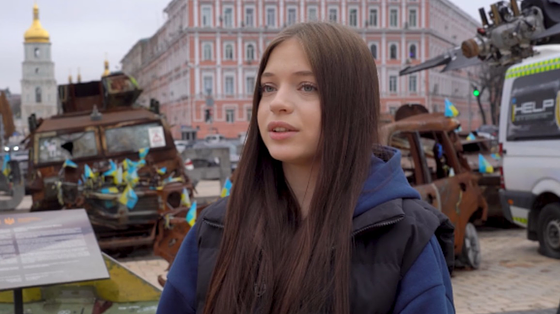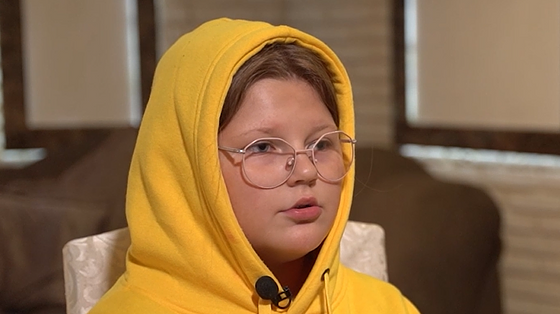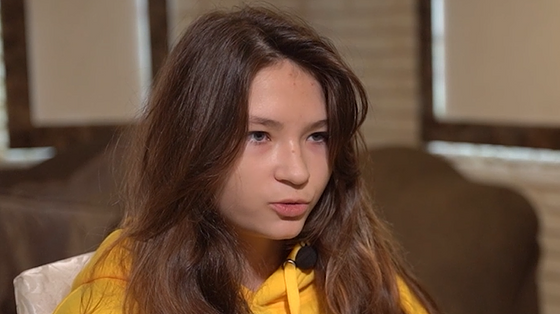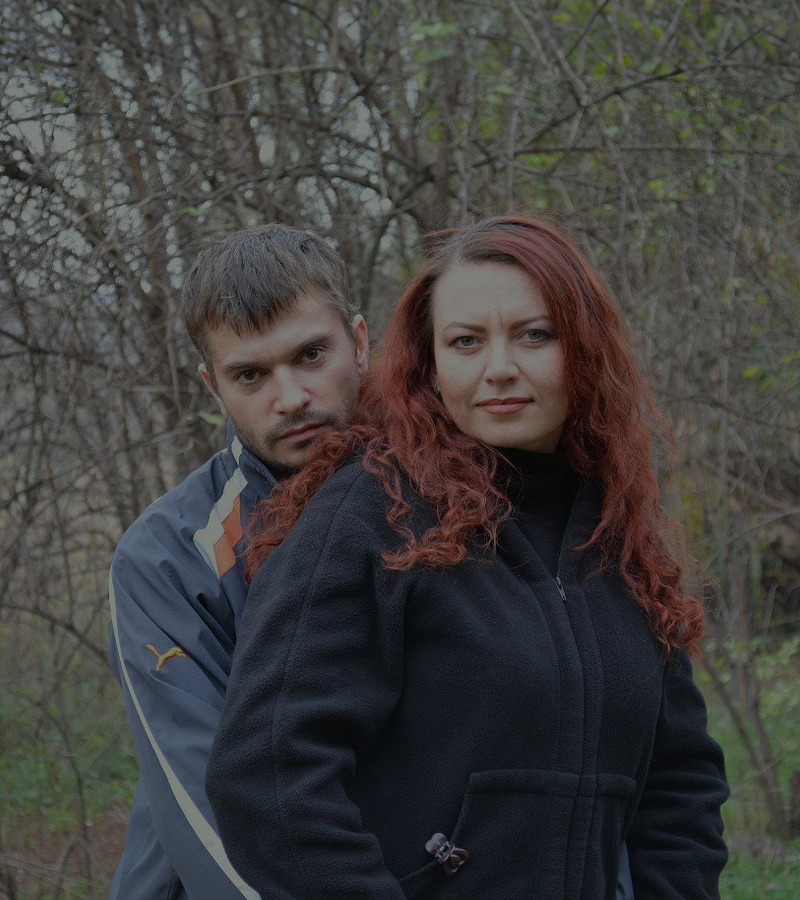Nadiia Oshatiuk has been in charge of the humanitarian direction of the Baranivka community for more than two decades. She coordinates a network of clubs, libraries and art schools, as well as sports activities. She is involved in the organisation of choral song festivals in memory of the composer Anatolii Pashkevych, the author of the nationally loved song “Mother’s Cherry Tree”. For her, culture is not only concerts and exhibitions, but also a ‘social glue’ that keeps people together in the most difficult times.
For Nadiia, the war began back in 2014 when her nephew, a commando officer, went to the front and was seriously wounded. To support him and the other guys, she started with the simplest thing: she made buckets of dumplings and sent them to the soldiers.
After the full-scale invasion, the community created a reliable rear. They formed volunteer groups to bake, can food, sew, make nets, and pack dry borscht. It’s too much to list! At home, Nadiia canned up to 500 three-litre jars of cucumbers in one season, made bean salads, stewed fruit, adjika – all for the frontline. She jokes: “My hands can’t be idle.”
Together with her team, Nadiia preserves and develops the local cultural heritage. In the local history museum, which houses more than 8,500 exhibits from the Baranivka Porcelain Factory, they created a “Wall of Memory” with stories of 99 fallen community defenders. Parents began to bring their sons’ belongings – helmets, bulletproof vests, field notebooks. This became the museum’s new mission: to preserve not only past but also present history.
And even during the war, Baranivka did not stop singing. One of the symbols of the town is the regional choral song festival in memory of Pashkevych. The festival brings together dozens of groups. “We have twice applied for the festival to be granted the status of an all-Ukrainian festival. Because Ukrainian choral and folk songs must be performed, no matter how difficult it is for us,” says the head of the cultural sector.
Nadiia herself is an avid collector. She collects porcelain plates with Petrykivka painting (she has more than 70 pieces), embroidery, and folk figurines. She dreams of creating a “Ukrainian House” – an ethnospace where porcelain, rushnyks, and things from the war will be combined, and where children will know that culture is both memory and support. “We don’t know when the war will end. But I know for sure: what we do not preserve now, we may lose forever.”







.png)



